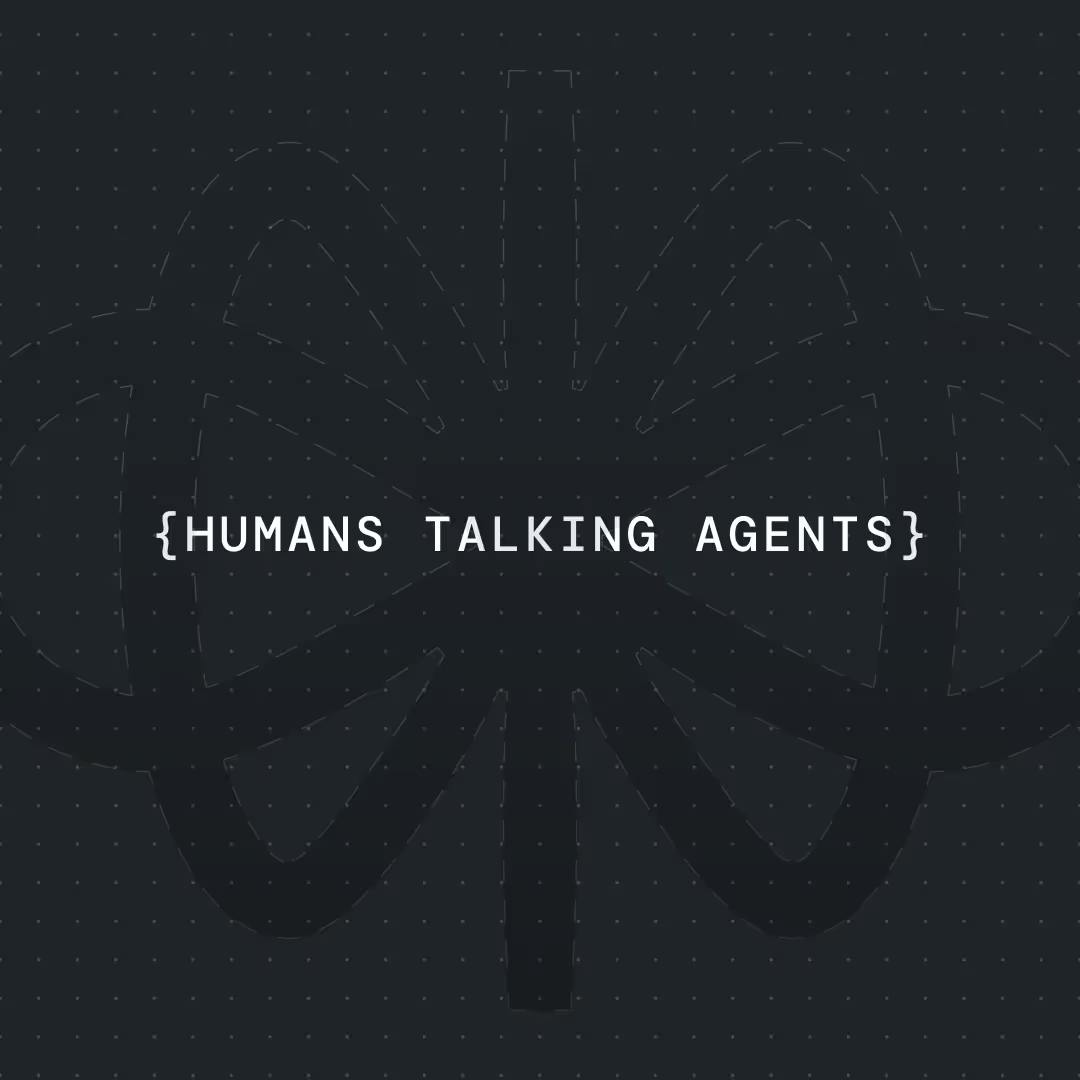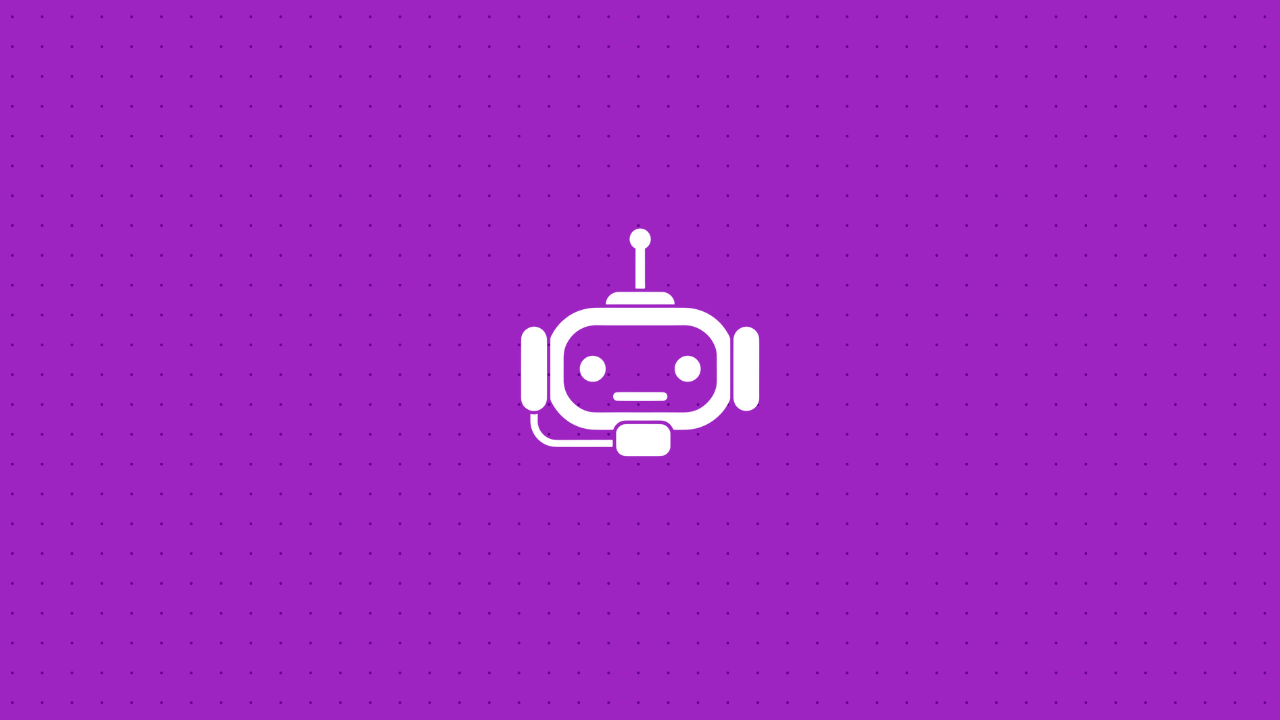How to Build an AI Call Agent for Restaurants [2025]




Ring. Ring. Ring.
It’s either money calling or someone asking, "What time do you close?" for the fifth time this hour.
In 2025, if your restaurant is still treating the phone as an "all-hands-on-deck" emergency, you're actively losing customers. A recent survey from Popmenu found that 83% of customers will order from a different restaurant if they call and get a voicemail more than once. That’s a $50 takeout order gone!
This is the problem the AI call agent solves. It’s not about replacing your staff; it’s about empowering them to focus on the guests right in front of them while a perfectly trained, infinitely patient "digital host" handles the phone.
Let's break down exactly what this tech is, how it works, and how you can set one up.
{{blue-cta}}
What is the Difference Between an AI agent and a Basic IVR?
Everybody hates IVR (Interactive Voice Response). An IVR is that robotic, soulless voice that says, "Press 1 for hours. Press 2 for location.” Indeed, a recent study found that 61% of consumers believe IVR creates a poor customer experience.
An AI Call Agent is completely different. It’s your digital concierge. Powered by conversational AI, an AI agent understands natural language, context, and intent. Here’s the difference:
- Customer: "Hey, do you guys, like, have any tables open around 7:30 for four people? Oh, and is your patio dog-friendly?"
- Basic IVR: "I'm sorry, I did not understand. Please press 1 for..." [Customer hangs up]
- AI Agent: "Hi there! I can check that for you. Yes, I see a 7:30 PM slot for four on our (fully dog-friendly!) patio. Would you like me to book that for you?"
How to Streamline Takeout and Delivery with AI Order-Taking
This is where the AI agent stops being a cost-saver and becomes a revenue-generator. An AI-powered voice agent can take a full takeout order over the phone, and it does it better than a stressed-out new host.
What Are the Benefits of Using an AI Phone Assistant for My Restaurant?
The ROI for an AI phone assistant is staggering. Here are the reasons why restaurants should invest in an AI host today.
- Generate More Revenue
According to a 2025 Forbes report analyzing AI host implementation, restaurants are seeing an additional $3,000 to $18,000 in revenue per month, per location. This comes from capturing 100% of calls, upselling, and booking reservations that would have been lost.
- Slash Labor Costs & Burnout
Let's do the math. Your host spends, say, 3 hours a day just answering the phone. At $20/hr (including labor overhead), that's $60/day, or $1,800 a month just for a human answering service. An AI agent can cost a fraction of that. A case study from Hostie AI calculated a 760% ROI from labor savings alone.
- Flawless Accuracy
An AI answers on the first ring, every time, 24/7/365. You are immediately more reliable than your competitor, who lets the phone ring. Furthermore, no more "I thought you said bacon, not vegan." The AI confirms the order, captures it in text, and sends it directly to your POS.
- Boost Staff Morale
Your team hates the phone. It distracts them from providing great service to the guests in your building, which is where they make their tips. Taking that distraction away makes their jobs better, which reduces turnover.
- Increase Your Average Ticket Size
Your staff forgets to upsell. They get busy, they don’t want to be pushy, or they just forget. The AI never forgets. It’s programmed to politely ask, "Would you like to add our garlic knots to that pasta order?" or "Our special tonight is a bottle of wine for $10 off. Can I add that?"
Key Features to Look For in a Restaurant AI Agent
What Are the Ways Restaurants Can Use AI?
The phone is just the beginning. The "brain" you build for your AI call agent can be deployed everywhere.
- 24/7 Phone Answering: Handles all Tier-1 questions: "What are your hours?" "Do you have gluten-free options?" "Where do I park?"
- Automated Order Taking: Takes complex takeout and delivery orders, including modifiers and upsells.
- Reservation Management: Books, modifies, and cancels reservations by connecting directly to your reservation software.
- Website Chatbot: The same AI can live on your website, answering questions and guiding users to your online ordering portal.
- Automated Text Confirmations: Proactively texts customers to confirm large party reservations, reducing no-shows.
How AI Integrates with Your POS and Reservation Systems
{{blue-cta}}
Your AI voice bot (or chatbot) can easily integrate with your POS and reservation systems. Your AI agent platform (like Voiceflow) doesn't need to be Toast or OpenTable. It just needs to speak their language.
For Reservations
For Reservations: The AI agent makes an API call to your reservation system (e.g., Resy, Tock, OpenTable). It asks, "I have a party of 4, need a table at 7:30 PM." Resy's API checks your floor plan and replies, "Confirmed. Booking ID 45A." The AI then confirms with the customer.
For Orders
The customer builds their order with the AI. When they're done, the AI formats it and makes an API call to your POS (e.g., Toast, Square, Clover). Your POS receives the order and injects it directly into your kitchen printer or KDS, exactly as if a staff member had typed it in.
The beauty is that these integrations are pre-built by most major reservation and POS companies. You're just plugging them in.
How to Set Up Your AI Restaurant Host
In 2025, this is something you can do in an afternoon.
Step 1: Choose a Collaborative Platform.
You need a flexible system. A platform like Voiceflow is ideal because it's built for this. You can start with a pre-built restaurant template and customize it visually.
Step 2: Define Your "Intents."
An "intent" is just why someone is calling. Your top 5 are probably: BookReservation, PlaceOrder, AskHours, AskLocation, and SpecialRequest (like "is your patio dog-friendly?").
Step 3: Feed It Data.
You "train" the AI by giving it your information. Upload your menu as a PDF, give it your hours, and paste in your allergy info.
Step 4: Connect Your Systems.
This is where you plug in your OpenTable and Toast APIs. You're just copying and pasting a key, not writing code.
Step 5: Go Live!
Point your main restaurant number to the new AI agent. Watch your in-house staff suddenly become calmer, your takeout orders increase, and your missed calls drop to zero.
How Much Does an AI Call Agent Cost?
This is the best part. It's not a $50,000 custom build anymore.
For most restaurants, a powerful, conversational AI agent will cost somewhere between $50 and $500 a month, depending on the number of calls you get and the complexity of your integrations.
This is where a platform like Voiceflow truly shines as the best AI call agent for restaurants. It's designed to be both powerful and scalable, so you only pay for what you actually use. Instead of a massive, one-size-fits-all fee, you get a flexible platform that grows with you.
When you compare the low monthly cost to the $1,800/month in labor you're saving, or the $3,000+/month in new revenue you're generating, the decision is a no-brainer. It's not a cost; it's an investment with an immediate, massive payback!
You can start building your AI agent on Voiceflow today for free to see exactly how it works.
Frequently Asked Questions
{{blue-cta}}
What happens if the AI can't answer a customer's question?
It does a "human handoff." The AI is smart enough to know its limits. If a customer says, "I want to speak to the manager about a bad experience I had last Tuesday," the AI won't try to solve it. It will say, "I understand. Let me transfer you to my manager, Sarah, right now." The call is seamlessly passed to a human.
Can AI integrate with my specific POS system (Toast, Square, Clover, etc.)?
Yes. Virtually all modern, cloud-based POS systems have APIs that allow AI agents to connect and inject orders directly into your workflow.
Does it work with my reservation software (OpenTable, Resy, Tock, etc.)?
Absolutely. This is one of the most common and valuable integrations. The AI can check real-time availability, book tables, and even manage waitlists, all by talking directly to your reservation platform.
How does the AI handle payments over the phone?
Securely. The AI doesn't "listen" to credit card numbers. When it's time to pay, it uses a 100% PCI-compliant method. It might say, "I'm going to transfer you to our secure payment line. Please enter your card details using the keypad." The customer enters the number, the payment is processed by your payment gateway (like Stripe or Square), and the AI gets a simple "success" message to confirm the order. It's iron-clad.
How does the AI learn my menu, hours, and daily specials?
You "feed" it. For static info like your main menu, hours, and location, you upload it once. For dynamic info, like daily specials, your manager can have a simple dashboard where they type, "Tonight's special is the Pan-Seared Halibut," and the AI knows it instantly for the next call. Try Voiceflow today to get started!
Get the latest AI agent news
Join Voiceflow CEO, Braden Ream, as he explores the future of agentic tech in business on the Humans Talking Agents podcast.









